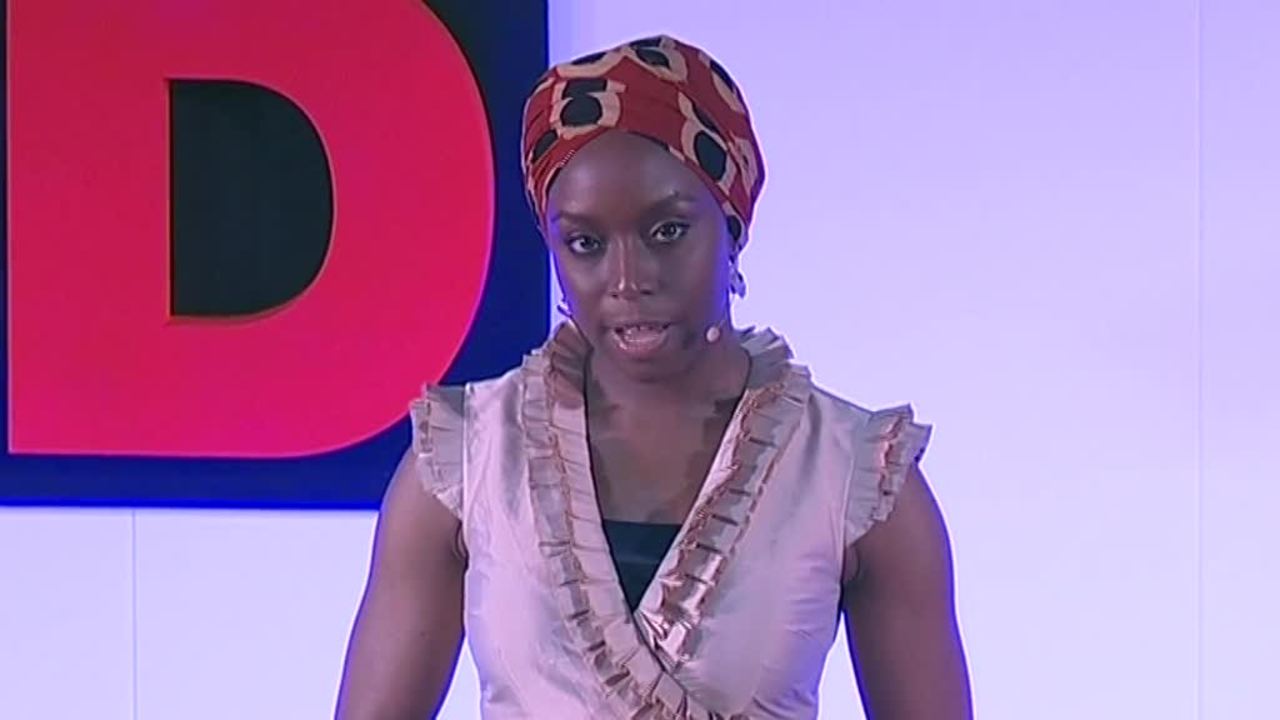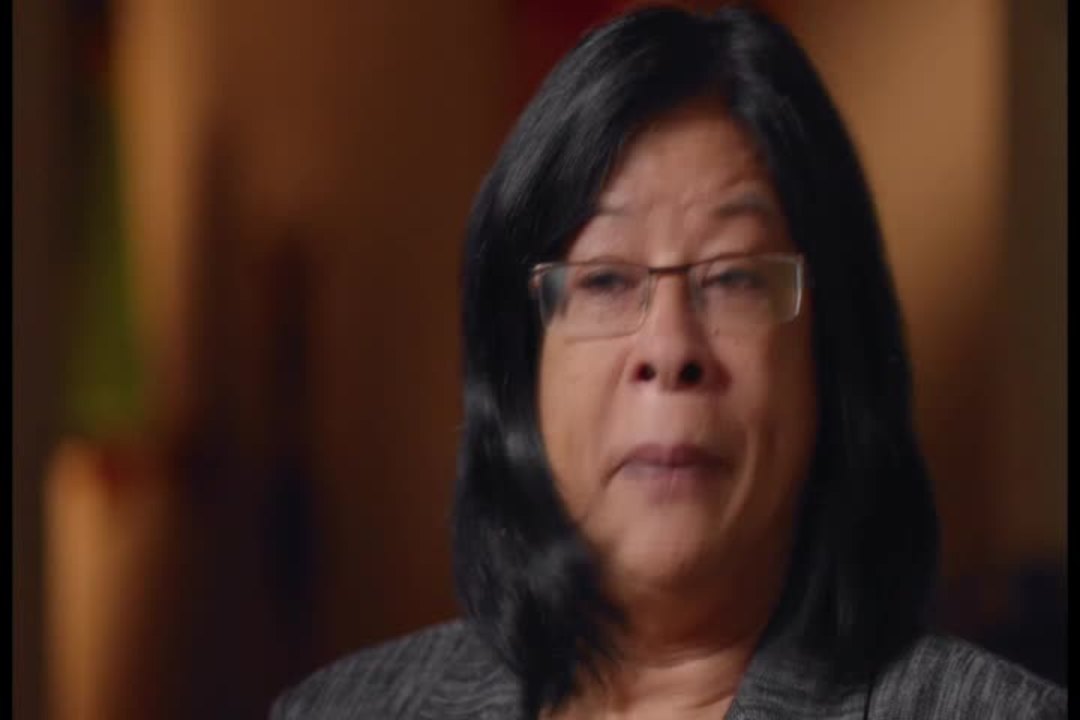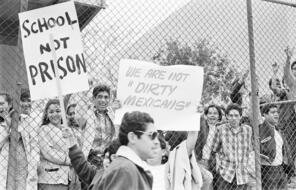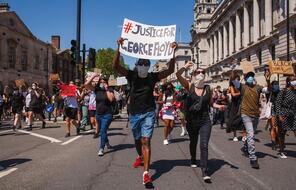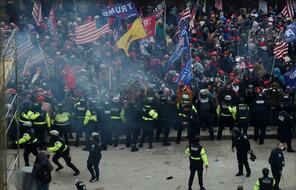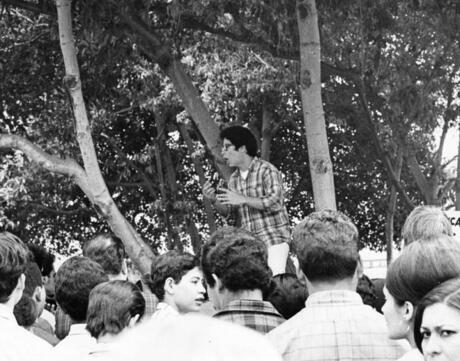
The 1968 East LA School Walkouts
At a Glance
Language
English — USSubject
- History
- Social Studies
Grade
9–12Duration
Two 50-min class periods- Racism
- Democracy & Civic Engagement
Overview
About This Lesson
In this lesson, students will learn about the relationship between education, identity, and activism through an exploration of the 1968 East Los Angeles school walkouts. Thousands of students in LA public schools (where a majority of students were Mexican American) walked out of their schools to protest unequal educational opportunities and to demand an education that valued their culture and identities. Learning about this history provides students with an opportunity to reflect on the importance of an education that honors the identities of its students.
Preparing to Teach
A Note to Teachers
Before you teach this lesson, please review the following guidance to tailor this lesson to your students’ contexts and needs.
Lesson Plans
Day 1
Day 2
Extension Activities
Materials and Downloads
Quick Downloads
Download the Files
The 1968 East LA School Walkouts
Unlimited Access to Learning. More Added Every Month.
Facing History & Ourselves is designed for educators who want to help students explore identity, think critically, grow emotionally, act ethically, and participate in civic life. It’s hard work, so we’ve developed some go-to professional learning opportunities to help you along the way.
Exploring ELA Text Selection with Julia Torres
On-Demand

Working for Justice, Equity and Civic Agency in Our Schools: A Conversation with Clint Smith
On-Demand

Centering Student Voices to Build Community and Agency
On-Demand


